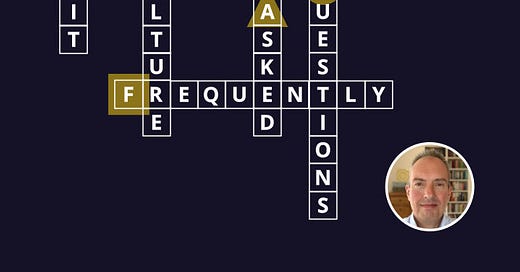“The vast population of this earth, and indeed nations themselves, may readily be divided into three groups. There are the few who make things happen, the many more who watch things happen, and the overwhelming majority who have no notion of what happens. Every human being is born into this third and largest group; it is for himself, his environment and his education to determine whether he shall rise to the second group or even to the first.” — Nicholas Murray Butler 1
Organisations frequently appoint enthusiastic individuals to the role of “Head of Challenge X” — where “Challenge X” turns out to require systemic change.
Examples include: Head of Innovation, Head of Agility, Head of Diversity, Head of Inclusion, Head of Wellbeing, etc
Unfortunately, a “Head of Challenge X” rarely gains much traction on “Challenge X” before leaving for pastures new after a couple of years.
Why is this, and what can organisations — and enthusiastic would-be change catalysts — do to gain far greater traction..?
That’s the question addressed in this 13 minute Future-Fit Culture Frequently Asked Questions video…
The above video references a recent piece I wrote on the work of my former colleague Joan Lancourt, identifying seven channels of influence that contain and propagate the clues, cues, signs, and signals from which people infer “the way we do things round here” — a.k.a the organisational culture. 2
The above video also references this earlier article: Get a head and fall behind:
Get a head and fall behind
“Any object around which an SEP field is applied will cease to be noticed, because any problems one may have understanding it, and therefore accepting its existence, become Somebody Else's Problem. An object becomes not so much invisible as unnoticed”.
Nicholas Murray Butler, then President of Columbia University, in a 1931 Charter Day speech at the University of California.





